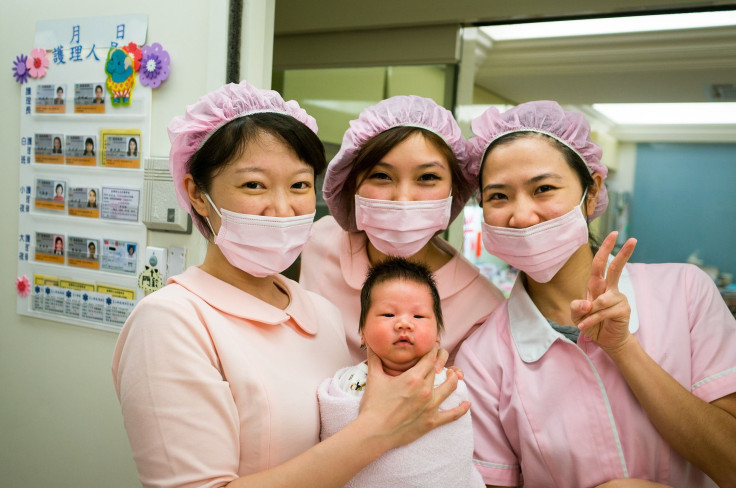More Nurses, Fewer Patient Deaths: The Impact Of Nursing Staff On Quality Of Care

We already know that doctors aren’t gods, and nurses sometimes have an even greater influence over patient comfort, recovery, and mortality. Nurses provide 24/7 care, which requires a physical, mental, and emotional responsibility. It makes sense, then, that hospitals understaffed with nurses often have a higher patient mortality rate than those that have more nurses.
A new study published in the journal BMJ Open emphasizes that notion, finding that NHS hospitals with a higher nurse-to-patient ratio had a 20 percent lower patient mortality rate than hospitals with a lower nurse-to-patient ratio. Hospitals that had nurses caring for fewer than six patients were more successful in reducing the patient mortality rate.
Over the course of two years, researchers examined 137 acute care trusts in the United Kingdom, covering 46 hospitals and 401 wards. They measured the number of occupied patient beds per each registered nurse and each doctor at the trust, and found that in general, fewer patients per nurse resulted in a lower mortality risk for both medical and surgical inpatients. Interestingly, hospitals that filled nursing shortages with nurse/medical assistants actually fared more poorly in patient mortality than those with more registered nurses on staff.
The results suggest that “current policies geared towards substituting [nursing aid] workers for registered nurses should be reviewed in the light of this evidence,” the authors write.
In the past, researchers have linked hospital mortality rates to either the amount, quality, or happiness of nurses on staff. Some research even suggests that nurses may “make or break” a hospital, as they administer the majority of round-the-clock care for patients. One 2015 study from the University of Pennsylvania found that the mortality risk was lower if the nurses on staff were happier at their jobs. Keeping nurses happy and well-rested might mean making their shifts shorter, as another 2015 study found that nurses who work the longest shifts are the most likely to hate their jobs and burn out easily.
Indeed, exhaustion and burnout is a huge problem among all medical workers — including physicians and residents — not just nurses. Burnout can lead to lower quality of care due to impaired concentration and more mistakes, like the case in which a tired delivery nurse dropped a newborn and fractured his skull. Studies have also shown that hospitals with nurses who have degrees have lower patient mortality rates than those who employ degree-less nurses.
If hospitals are able to fully staff nurses instead of stretching their workers too thin, it’s possible their patient mortality rates could go down — but the authors of the latest study caution against making any sweeping conclusions. “This [study] does not, in itself, provide a robust basis to identify safe staffing thresholds,” the authors write. “However, given the overall strength of evidence for an association, it does seem feasible to identify staffing levels where risk to patients is likely to be increased.”
Source: Griffiths P, Ball J, Murrells T, Jones S, Rafferty A. Registered nurse, healthcare support worker, medical staffing levels and mortality in English hospital trusts: a cross-sectional study. BMJ Open, 2016.
Published by Medicaldaily.com



























